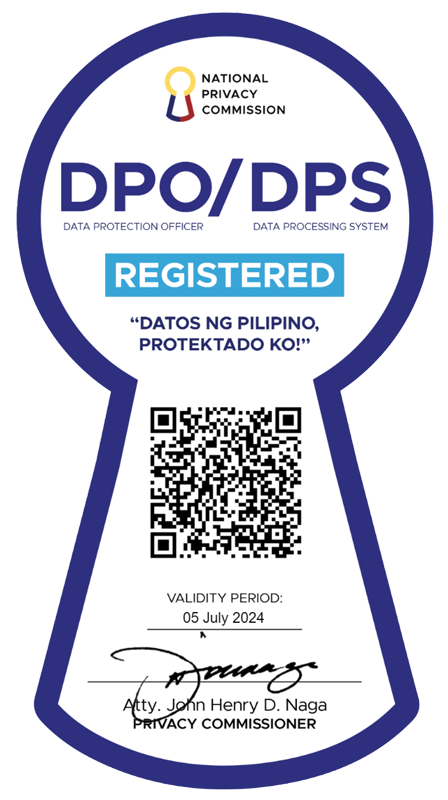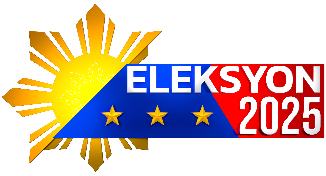Comelec allays fears of internet voting fraud in Eleksyon 2025
The Commission on Elections (Comelec) on Monday allayed fears of electoral fraud as they issued clarifications on some overseas Filipino voters’ allegations their votes changed after casting their ballots through internet voting for Eleksyon 2025.
According to Comelec chairperson George Erwin Garcia, the list of names that voters saw after casting ballots via the online voting and counting system (OVCS) are part of the encrypted scripts and not the candidates they voted for.
Garcia said they may review their votes after the diplomatic posts print the ballots following the conclusion of the voting period on May 12, 2025 at 7 p.m. (Philippine time).
“’Pag sila ay bumoto...ipapakita sa kanila ang napili nila, ang mismong balota nila, at pagkatapos tatanungin sila if they want to cast the ballot. ‘Pag na-cast, automatically mawawala ang pinaka-balota at pagkatapos ‘yung sinasabi nila na pwede ma-verify ang QR code. ‘Pag pinindot nila ang QR code, ang lalabas dun hindi na pangalan ng mga kandidato na kanilang binoto, lalabas dyan ay machine-readable codes ng lahat ng kandidato,” said Garcia.
(The voters will be shown the ballot and will be asked if they want to cast their vote. After the voting, the ballots can no longer be seen, but there will be a QR code. If they press the QR code, the names of their candidates will not appear, but machine readable codes.)
“May nakikita sila minsan na pangalan…hindi ‘yun ang binoto nila. Naka-code po yan. Bakit? Hindi namin ibibigay ang pangalan pagkatapos mai-cast kasi pwede magamit sa vote buying,” he said.
(They will see names but that is not their candidates. Those are just codes. Why are we not allowing to view the list of names? We don’t want them to be used for vote-buying.)
The month-long overseas voting started on Sunday, April 13, 2025 with 77 out of 90 diplomatic posts participating in first-ever internet voting for the 2025 midterm elections. At least 16 posts will use automated counting machines (ACMs).
However, several overseas Filipino voters took to social media to express confusion about alleged changing of votes after scanning the QR codes on their ballots.
“Once naka-cast ang boto, encrypted na. Pero kahit kopyahin nila mismo ‘yung encrypted na script, ikompara nila sa araw na lilipas, parehas po ‘yung. Ibig sabihin, nandun na-preserved at hindi nagagalaw,” said Garcia.
(Once they cast their votes, that will be encrypted. They can copy that and monitor if it will be changed but it won’t be. That means their votes are preserved.)
“‘Yun ay proteksyon natin para di magamit sa pagbenta ng boto pero nandyan yun at kung gusto nila iverify later kapag natapos na sa pagpapaboto sa May 12, ipiprint yan ng posts at makikita nila yung mismong mga balota,” he added.
(That’s a way to protect the votes against vote-buying. They may verify their ballots after the printing on May 12.)
There are 69.6 million registered voters for the May polls, according to the data from the Comelec. Of the figures, 68.4 million are in the country while 1.2 million are overseas voters.
Around 55,000 overseas voters enrolled in the pre-voting system for the OVCS so far.
Meanwhile, Garcia said the Comelec is targeting a 50% voter turnout this year — higher than the 40.59% turnout in the 2022 elections.
“Sana mapagbigyan ng ilan ang ating internet voting…Sabi natin dapat walang maiiwan sa botohan. Wala dapat mad-disenfranchise na kababayan natin. Ito ang pagkakataon nating makaboto gamit lang ang internet. Siguradong makakaboto tayo so bakit hindi natin ibigay ang pagkakataon na ‘yun?” he added.
(We hope they’ll give internet voting a chance. We don’t want anyone to be disenfranchised. This is our chance to vote through the internet so why don’t we use it?) —LDF, GMA Integrated News
For more Eleksyon 2025 related content and updates, visit GMA News Online's Eleksyon 2025 microsite.





